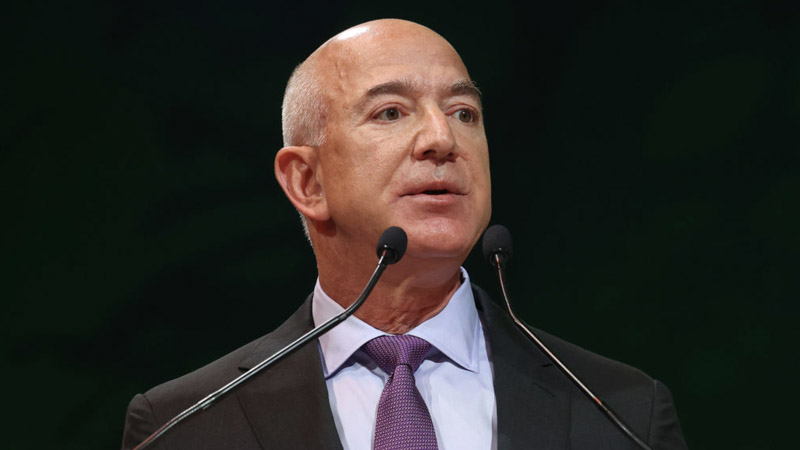Online retail giant Amazon used an algorithm called “Project Nessie” to maximize profits to the detriment of consumers, according to FTC.
E-commerce giant Amazon touts the convenience and wide selection it offers to customers, but beneath the surface of its carefully cultivated image was secret technology that inflated prices across the web, according to the FTC.
The online retail giant Amazon used an algorithm called “Project Nessie” to maximize profits to the detriment of consumers, according to newly revealed claims from the US Federal Trade Commission.
That’s according to newly unredacted claims in a lawsuit filed by the US Federal Trade Commission against the company this week.
A secret algorithm, called “Project Nessie,” was used to inflate prices of goods offered on Amazon when price hikes were likely to be replicated by other online retailers, according to FTC claims. The technology, used between 2015 and 2019, is thought to have generated over $1 billion in excess profits for the retailer. In addition, the regulatory agency argued that customers spent far more than that when the money lost from higher prices elsewhere is considered.
“The sole purpose of Project Nessie was to further hike consumer prices by manipulating other online stores into raising their prices,” read part of the FTC’s filing.
“The additional profit Amazon attributed to Project Nessie is money that Amazon shoppers would have kept in their pockets if not for Amazon’s use of Project Nessie.”
The government consumer regulatory agency said Amazon switched the algorithm off during the holiday shopping season and its highly-publicized “Prime Day” events, then turned it back on afterward to continue maximizing profits.
Amazon spokesperson Tim Doyle disputed the FTC’s claims.
“Nessie was used to try to stop our price matching from resulting in unusual outcomes where prices became so low that they were unsustainable,” said Doyle in a statement released by the company. “The project ran for a few years on a subset of products, but didn’t work as intended, so we scrapped it several years ago.”
Amazon generated $35.36 billion in profits in 2015, a figure which grew to $114.99 billion in 2019.
The revelation comes amidst ongoing action by the FTC against the online retailer. The agency sued the company in September along with 17 state attorneys general from Connecticut, Delaware, Maine, Maryland, Massachusetts, Michigan, Minnesota, New Jersey, New Hampshire, New Mexico, Nevada, New York, Oklahoma, Oregon, Pennsylvania, Rhode Island and Wisconsin.
At the time the agency called Amazon a “monopoly power.”
In addition to claims of anti-competitive behavior, Amazon has been embroiled in a series of other controversies. The company has been accused of surveilling its employees on the shop floor as well as via monitoring of social media in order to undermine organizing efforts. Earlier this year a judge found the company violated labor law ahead of unionization elections.
Last year the retailer was sued after accusations that company policy led to the deaths of several employees who were instructed to continue working before a tornado struck a warehouse in Illinois in 2021.
Amazon founder Jeff Bezos regularly competes with tech magnate Elon Musk for the title of world’s wealthiest person. Currently media outlets rank Bezos as the third-wealthiest person, behind Musk and Louis Vuitton CEO Bernard Arnault.


